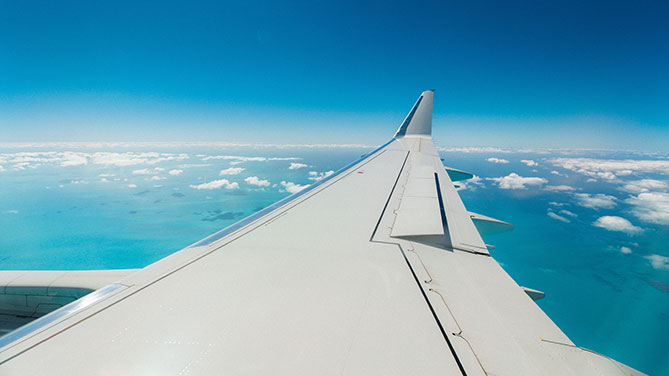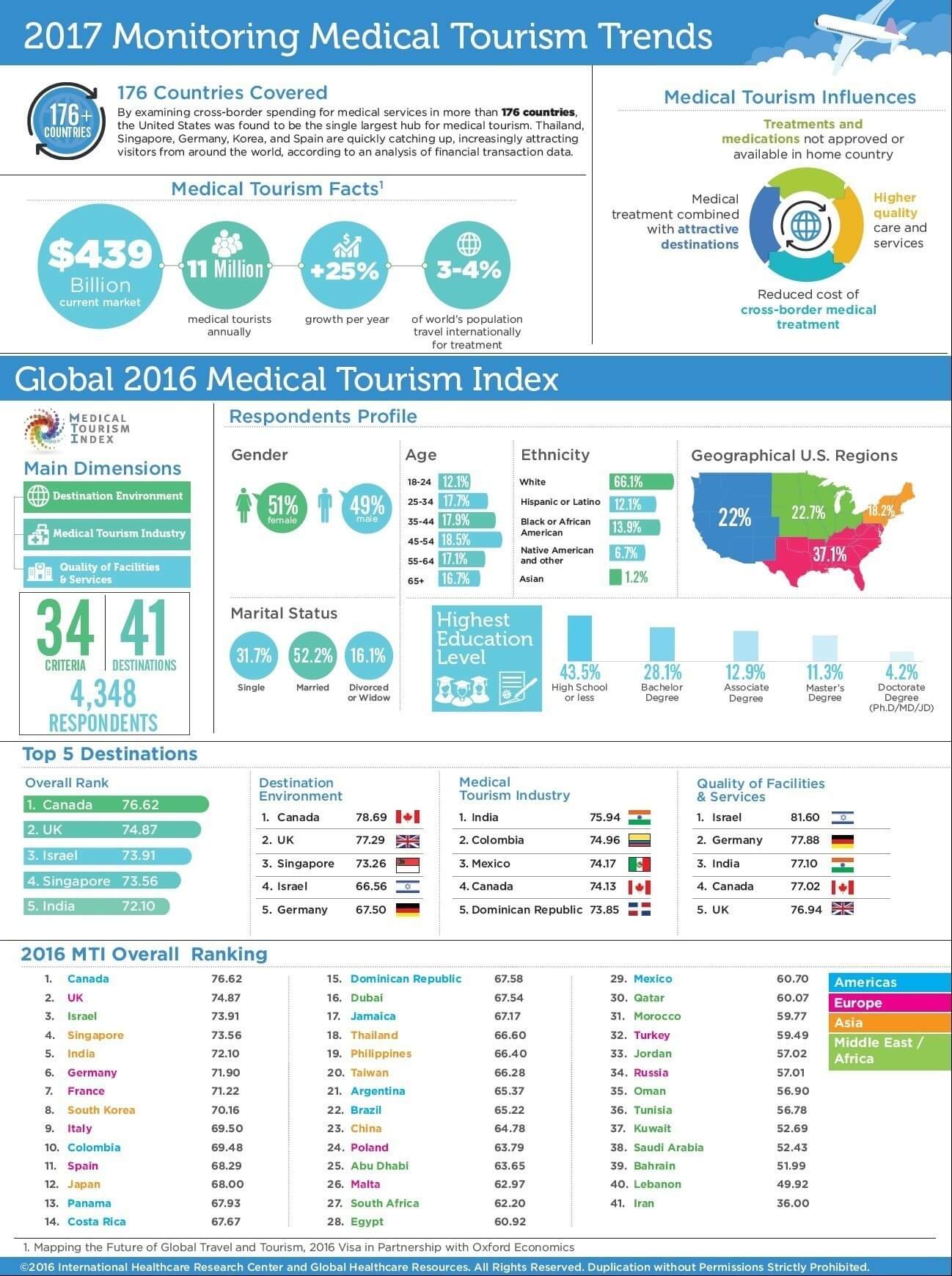Last Updated: 6/28/2019
Medical tourism is the term being used today for people traveling to another country for medical procedures and healthcare. This is not a new idea and has, in theory, been practiced for centuries dating back to ancient times. A few years ago, people traveled mainly for elective procedures involving cosmetic or plastic surgery for those looking to get rid of wrinkles or excess weight. In recent years, that has changed dramatically due to rising health costs, lack of insurance and procedures not covered by insurance. With a 30-75% lower cost for medical procedures and healthcare overseas, medical tourism has become the popular and sometimes necessary way to get that life-saving procedure done.
A study published by VISA and Oxford Economics touts medical tourism as a burgeoning industry with a value over $439 billion USD. With 3-4% of the world’s population traveling across borders to get healthcare, it is estimated that this industry is growing by 25% per year. Patients Beyond Borders, considered to be the most trusted international source for consumer information concerning medical and health travel, estimated 1.3 million Americans left the US for medical care in 2016; about 50 percent went to Mexico for dental procedures and another 15 percent traveled for cosmetic procedures. The Medical Tourism Index showed that the US had the highest spending for medical tourism and that figure will continue to grow in 2017. Ages vary as well. Most statistics show that older patients are more likely to consider traveling for healthcare, but VISA surveyed over 30,000 people 18 to 34 years of age hailing from 134 different countries who responded on a booking site called TopDeck Travel. Results pointed to about 88% of the total respondents made trips at least once per year, sometimes three times, for healthcare procedures.
The trends continue to evolve. Due to uncertain insurance changes by the current administration and costs skyrocketing for simple procedures, people are looking for alternatives. Four growing trends acknowledged in the Medical Tourism Magazine are:
- Foreign investment of private health cities with multi-specialty hospitals being built
- Asian expansion due to high hospitality standards and embracing the latest technology, not to mention Asia having the cheapest healthcare compared to other regions
- Growth of qualified personnel including doctors and surgeons, along with translators and other facilitators, medical training centers and schools teaching specialized procedures requested by medical travelers
- New destinations such as Greece, Taiwan, the United Arab Emirates offering beautiful scenery that patients can enjoy during their stay
Thailand is one of the most popular destinations for travelers seeking good quality, inexpensive healthcare. Other countries that have a strong investment in medical tourism are Costa Rica, Singapore, Mexico, India, Israel, Malaysia and, even with political upheaval, South Korea and Turkey. The Joint Commission International, formed in 1999 to set the standards for high-quality healthcare, has accredited over 800 hospitals all over the world with the Middle East and China showing the most growth. Hospitals are now building hotels and offering packages to encourage travelers. In Cancun, Mexico, one particular hospital treats close to 250 patients a year traveling from the US for everything from cosmetic surgeries to stem cell treatments, births and cancer treatments.
There are definite advantages to Medical Tourism but it’s best to do your research, check with your own doctor first, read the fine print and know exactly what will be happening while you are there. Enjoying a few days on the beach or seeing some interesting sights can contribute to your healing. The medical tourism business is big and with the facts in hand can often offer you the best healthcare for the best price.


